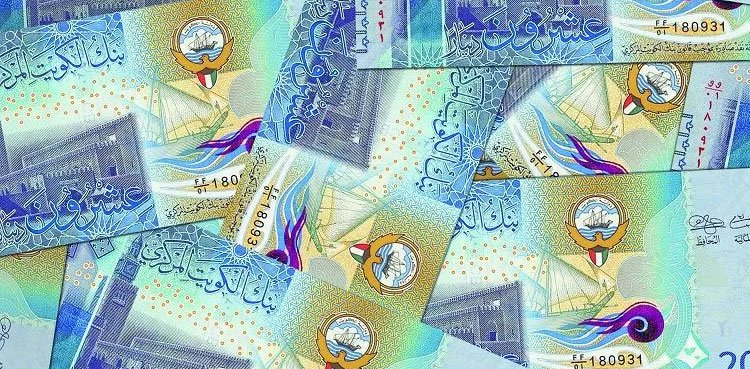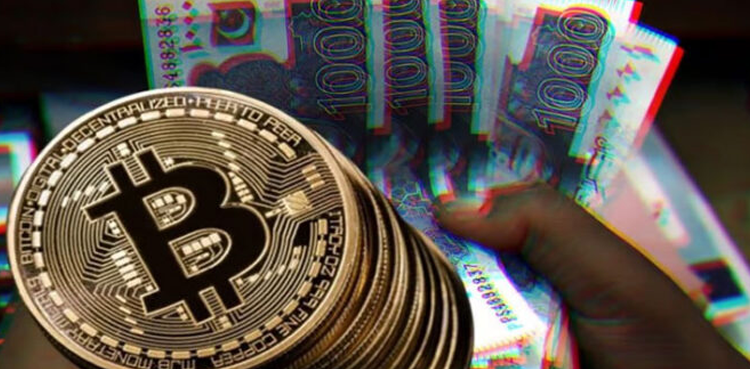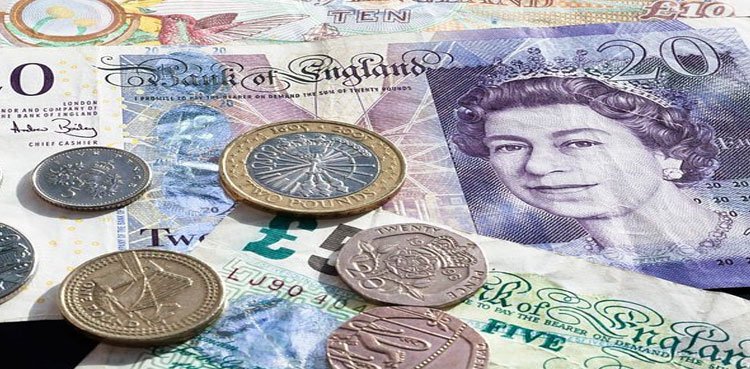
Kuwait City/Karachi, June 10, 2025 – The Kuwaiti Dinar (KWD) has strengthened against the Pakistani Rupee (PKR), reaching 919.67 PKR from last week’s 913.99 PKR, marking a 0.62% increase, according to open market exchange data. This rise highlights Kuwait’s robust economic fundamentals, driven by its oil-based economy, while Pakistan grapples with ongoing economic pressures.
Valuation Process of KWD Against PKR
The exchange rate between the Kuwaiti Dinar and Pakistani Rupee is determined in the foreign exchange market, influenced by supply and demand dynamics. Several key factors shape this valuation:
- Economic Fundamentals: Kuwait’s economy, heavily reliant on oil exports, generates substantial foreign currency inflows, bolstering the Dinar. The KWD is pegged to a basket of major currencies, ensuring stability and reducing volatility. In contrast, Pakistan’s economy faces challenges, including high inflation rate of 12.9% as reported by Trading Economics, and limited foreign reserves, which weaken the PKR.
- Trade and Remittances: Kuwait hosts a significant Pakistani expatriate community, whose remittances to Pakistan create demand for PKR. However, Kuwait’s trade surplus, driven by oil, strengthens the KWD, while Pakistan’s trade deficit exerts downward pressure on the PKR.
- Interest Rate Differentials: Higher interest rates in Kuwait compared to Pakistan attract capital inflows, increasing demand for the Dinar. The State Bank of Pakistan’s monetary policy, aimed at controlling inflation, has not fully stabilized the PKR.
- Global Factors: Fluctuations in global oil prices directly directly impact Kuwait’s export revenues, supporting the Dinar. Meanwhile, Pakistan’s economic vulnerabilities, including political uncertainty and reliance on external financing, contribute to PKR depreciation.
Recent market data indicates the KWD/PKR rate has seen minor fluctuations, with a 30-day range between 913.99 and 919.67 PKR. The Dinar’s rise from 913.99 PKR a week ago reflects Kuwait’s economic resilience amid global market adjustments.
Impact of the Dinar’s Rise
The appreciation of the Kuwaiti Dinar has significant implications for both economies:
- Pakistani Expatriates: The stronger Dinar benefits Pakistani workers in Kuwait, as their remittances convert to more PKR, boosting household incomes in Pakistan. With over 100,000 Pakistanis in Kuwait, this could enhance domestic consumption.
- Trade Dynamics: Pakistani importers purchasing goods from Kuwait face higher costs, as each Dinar now requires more PKR. This may increase the price of imported goods, contributing to inflation in Pakistan.
- Investment Flows: The Dinar’s strength reinforces investor confidence in Kuwait’s economy, potentially attracting more foreign capital. Conversely, Pakistan’s weakening PKR may deter foreign investment unless offset by policy reforms.
- Economic Pressure on Pakistan: The PKR’s depreciation adds to Pakistan’s economic challenges, increasing the cost of servicing foreign debt and imported essentials like fuel and food. The State Bank of Pakistan may need to intervene to stabilize the currency.
Kuwait’s economic policies, including its currency peg and investments in oil infrastructure, continue to underpin the Dinar’s strength. Pakistan, meanwhile, faces the task of addressing structural issues to support the PKR.
DOLLAR RATE TODAY IN PAKISTAN- LIVE
Introduction to KWD and PKR
The Kuwaiti Dinar (KWD) is the official currency of Kuwait, issued by the Central Bank of Kuwait and subdivided into 1,000 fils. Introduced in 1961, it replaced the Gulf Rupee and is one of the world’s highest-valued currencies, symbolized by د.ك or KD. Pegged to a basket of currencies, the KWD is widely used in Kuwait’s oil-driven economy and international trade. Common denominations include ¼, ½, 1, 5, 10, and 20 KWD banknotes, with coins in 5, 10, 20, 50, and 100 fils. Its high value reflects Kuwait’s substantial oil reserves and economic stability.
The Pakistani Rupee (PKR) is the official currency of Pakistan, managed by the State Bank of Pakistan. Introduced in 1947 following Pakistan’s independence, it replaced the Indian Rupee and is subdivided into 100 paisa, though paisa coins are no longer in circulation. Symbolized by ₨ or Rs, the PKR is used for all transactions within Pakistan but is not widely accepted internationally. Common banknotes include 10, 20, 50, 100, 500, 1,000, and 5,000 PKR. The PKR’s value is influenced by domestic economic conditions, including inflation and trade imbalances.
The Kuwaiti Dinar’s rise to 919.67 PKR from 913.99 PKR underscores Kuwait’s economic strength and the stability of its currency, driven by oil wealth and prudent policies. For Pakistan, the stronger Dinar offers benefits for expatriates but poses challenges for trade and economic stability. As global and domestic factors continue to shape the KWD/PKR exchange rate, both nations navigate their economic paths, with Kuwait’s Dinar standing firm and Pakistan seeking to bolster the Rupee.




